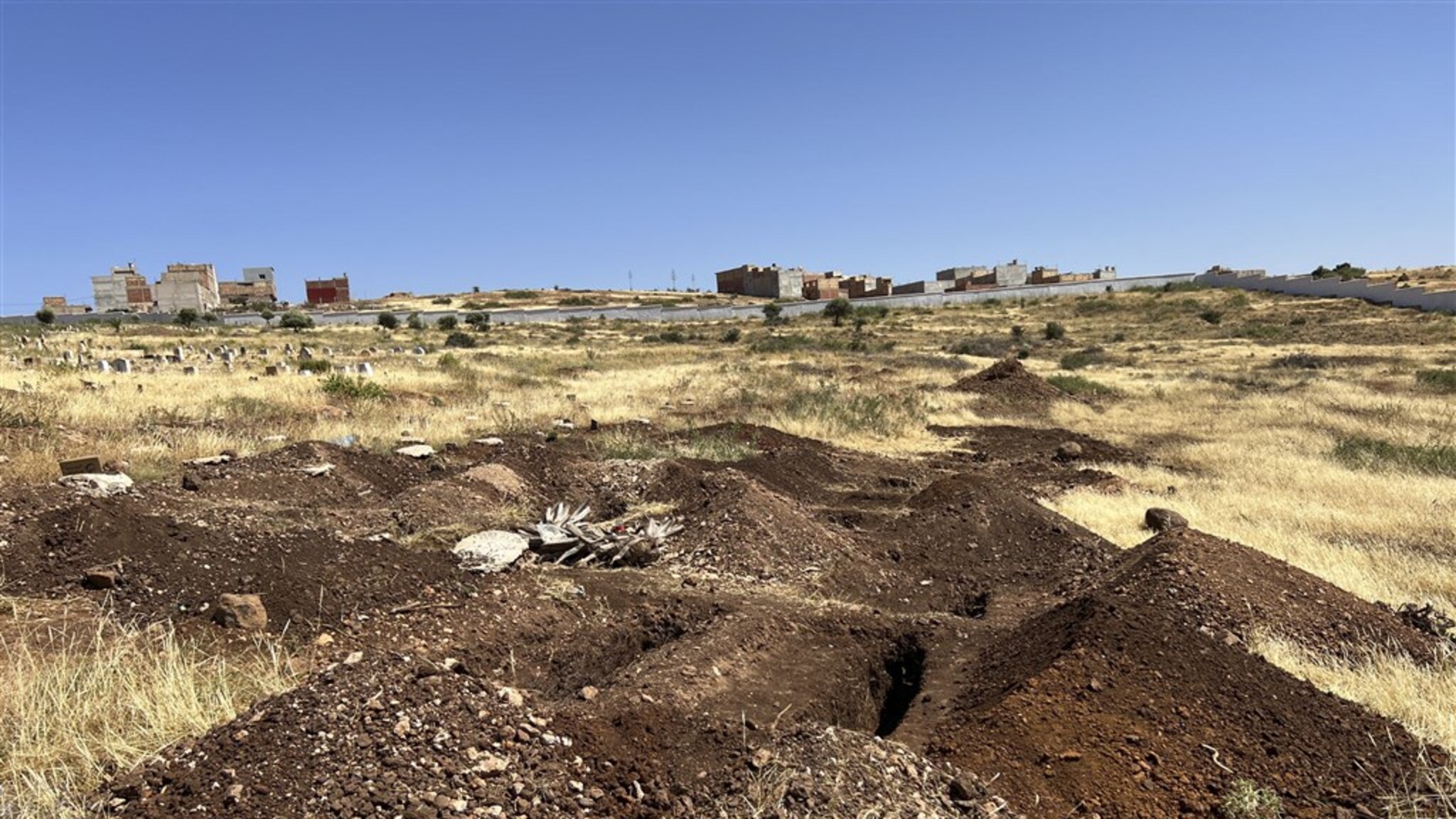Images of a human pile of dozens of dead and dying migrants, at the foot of the border fences of the Spanish enclave in Melilla, spread around the world. The dramatic attempts of migrants to reach Europe through this small part of Spain in North Africa seem endless.
For years, migrants, sometimes in their thousands, have tried to climb across the border walls of Melilla – and the other Spanish ghetto of Ceuta. But things didn’t often go so wrong as on Friday: At least 23 migrants, according to Morocco, died because of the crackdown, or because they fell off the fence. Others were injured, as were Moroccan border police officers.
Morocco blames the drama on the approximately 1,700 migrants themselves, some of whom walked towards the border with sticks and stones in their hands; Dozens of immigrants have been arrested and charged since then. But human rights organizations also point to the actions of the Moroccan border police, and the “suspicious construction of the border” found here, between Africa and Europe.
Funeral without examination
Moroccan human rights organization AMDH, which published horrific images of the drama, stated that Morocco has not yet conducted a proper investigation. “A lot is not clear about what happened there,” said Said Tabbal, spokesman for the Moroccan Association for Human Rights. He wants Morocco to start an investigation with the European Union and Spain. Spain announced yesterday its own investigation.
The Moroccan Association for Human Rights states, based on hospital sources, that the actual number of deaths is higher than the 23 reported by the Moroccan authorities. “We don’t know exactly how many deaths, but we know there are a lot,” Tabbal said. According to him, graves have already been dug on the Moroccan side of the border for the migrants who died, but if the bodies are not examined first, this will hinder the investigation, according to Tabbal.
That such a large group of migrants managed to reach the heavily guarded border – covered with cameras – during the day before the intervention of the Moroccan border police raises many questions for Tabbal. “Personally, I think the Moroccan authorities have a hand in this. Otherwise, how can they approach the fence? This is not possible without help.”
It is believed that the authorities did not intervene earlier to lure the migrants who were hiding near the border from their hideouts.
Controversial border fences
The situation around the border fence between Melilla and Ceuta has been controversial for some time. In recent years, fences have been widened, raised, and sometimes suspended with barbed wire. Morocco will receive millions of euros from Spain and Europe to prevent migrants from entering the European Union by land or sea.
This is not always done gently: border guards expel climbers of the fence, migrant camps in Morocco are bombarded with tear gas and then migrants are deported to southern Morocco.
Last year, Moroccan border guards opened the gates around the other Spanish enclave, Ceuta, with their own hands, allowing thousands of migrants, mostly Moroccans, to enter Europe. Perhaps Morocco did this to put political pressure on Spain and Europe.
“This is the price paid for ‘outsourcing’ our borders and the responsibility of leaving surveillance to a country like Morocco that does not respect human rights,” Spanish immigration commission CEAR said in response to Friday’s tragedy.
Sudanese
But there is also heavy criticism of border security on the Spanish side of the border. For example, photos regularly appear of Spanish border guards suppressing fence storms. And in 2014, at least 14 migrants were killed while trying to swim through the sea fence to Ceuta, while Spanish border guards fired rubber bullets into the waters.
Spain’s Prime Minister Sanchez has not declared Morocco, but “people smugglers” are to blame for the migrants’ tragedy. But migrants and security sources told the Spanish newspaper El Pais that people smugglers were not involved in storming the fence.
The vast majority of migrants attempting to climb the border fence come from Central or West Africa. Of the more than a hundred migrants who managed to cross the Melilla fence on Friday, a large part came from Sudan, where conflict is raging.
According to CEAR, they have the right, like other immigrants, to apply for political asylum in Spain. But informing the border post in Melilla is not an option, because the Moroccan border guards do not allow them to approach from there.
More refugees due to Ukraine war
Spain fears that climate change and grain shortages caused by the war in Ukraine will lead to more and more migrants in Africa who will try to reach Europe via Spain.
The storming of the Melilla fence on Friday was the largest in months. The number of migrants trying to reach the Canary Islands by boat from African countries has already increased by more than 50 percent between January and May this year.







